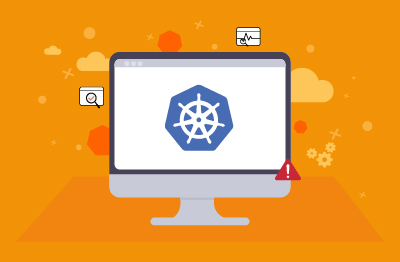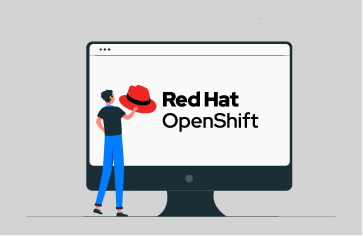Rancher
What is Rancher?
Rancher is an open-source container management platform that simplifies the deployment and management of containerized applications. It provides tools for managing multiple Kubernetes (K8s) clusters across different environments, including on-premises, cloud, and hybrid environments. Rancher offers features such as centralized authentication, monitoring, and deployment pipelines, making it easier for organizations to adopt and manage containerized infrastructure efficiently.

It abstracts away much of the complexity involved in deploying and managing containerized applications, allowing teams to focus on building and scaling their applications without worrying about the underlying infrastructure.
Who owns and develops Rancher? What support options are available for Rancher?
Rancher Labs developed and maintained Rancher. In 2020, Rancher became part of SUSE. SUSE offers paid for enterprise level support contracts for Rancher, but use of the product remains free of charge and there are no paid for additional features. Support options are detailed on the Rancher support web pages, see: Rancher Support FAQ | Support | SUSE.
Rancher vs Kubernetes? What is the difference between Rancher and Kubernetes?
Kubernetes is a container orchestration technology whilst Rancher is a technology for managing Kubernetes clusters. Rancher adds an additional layer of abstraction and management on top of Kubernetes, making it easier for organizations to adopt and operate Kubernetes clusters.
How does Rancher work? A practical example of using Rancher to manage a Kubernetes environment.
Let’s walk through a practical step-by-step example of how Rancher works. Consider the scenario whereby you want to deploy and then manage a web application using Kubernetes managed by Rancher.
If any issues arise, Rancher provides troubleshooting tools and documentation to help you diagnose and resolve them quickly.
Rancher vs OpenShift vs Tanzu? What alternatives to Rancher are available for Kubernetes?
Many organizations choose Rancher owing to its extremely user-friendly and easy-to-use interface, its strong support for Docker containers and its very strong Helm integration.
Most organizations will find that managing plain, vanilla Kubernetes is extremely hard work, and many will choose a platform such as Rancher rather than attempt to build their own tools. Other popular options for managing Kubernetes are available, including VMware Tanzu for Kubernetes and Red Hat OpenShift. Many articles exist comparing alternatives, for example:
Some of course will opt for managed Kubernetes services, often provided by hyperscale cloud providers such as Amazon (EKS) or Azure (AKS).
What is Helm?
Helm is a popular way to find, share, and use software built for Kubernetes. Helm is a package manager for Kubernetes that includes all the necessary code and resources needed to deploy an application to a cluster. Helm uses a packaging format called "charts," charts contain all the Kubernetes resources needed to run an application, along with customizable templates and configuration files. For more details, see: Helm.







